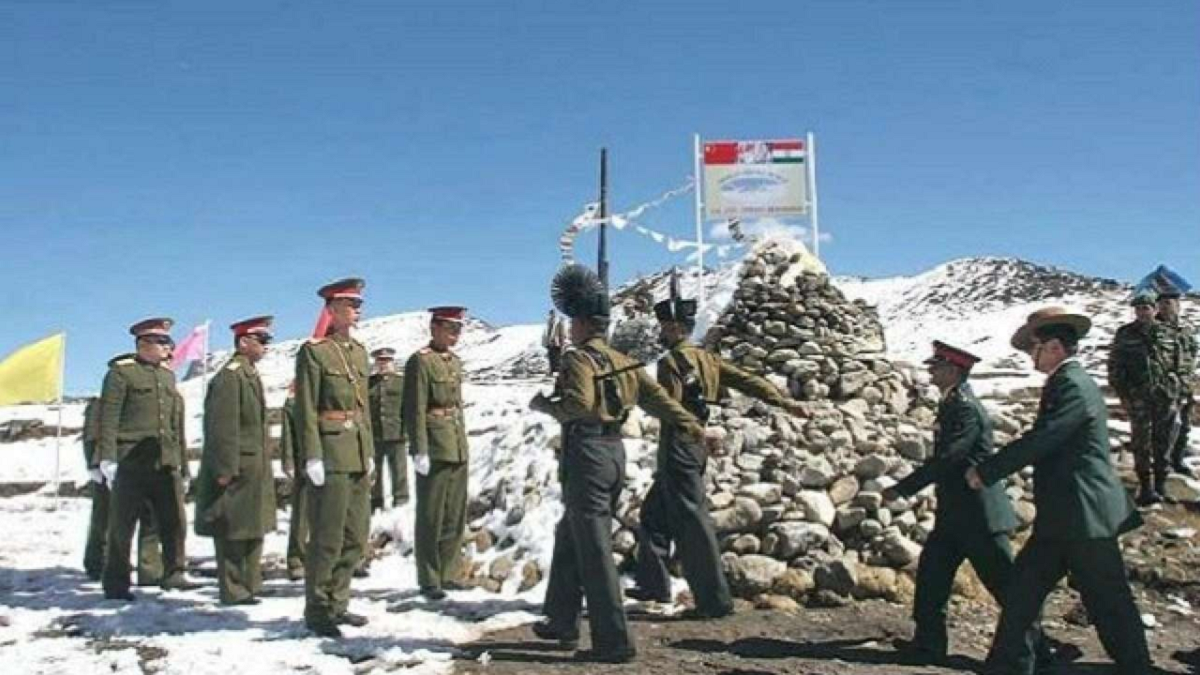


Zhao Lijian, the Chinese foreign ministry spokesperson, in a press conference held earlier in the month stated that the PLA and Indian Army had begun disengagement in certain sectors along the LAC. Zhao’s statement would of course be taken with a pinch of salt in India, firstly since the statement was prepared by the CCP and second, because Zhao represents the combative and bombastic ‘wolf warrior’ diplomats of the CCP. Zhao himself is also a victim of the CCP’s divisive agenda. A Uighur Muslim, Zhao had adopted his given name Muhammad on his Twitter profile while he was posted in Islamabad. However, a new CCP policy for Xinjiang region banning 29 Islamic names in 2017 forced him to discard his given name. In a sense, Zhao’s dilemma is also the dilemma of the Chinese people. Ruled by a ‘Party’ which has a non-inclusive and hegemonic attitude towards governance, there is no scope for dissent. CCP’s announcement of disengagement of troops in Ladakh therefore has to be contextualised in respect of the CCP’s strategic culture and their internal situation.
The CCP’s trade war with the US has visibly aggravated pressure on the Chinese economy. Domestic criticism is on the rise and unemployment has risen from 20 Million to 70 Million in Mainland China. Intellectuals, academia, students and activists’ voices are growing louder while retired CCP heavyweights are upset with Xi Jinping’s proclamation of one-man rule. Minorities such as Uighurs, Tibetans, Taiwanese, Tajiks, Manchus, Kazakhs etc and restive regions such as Hong Kong, Taiwan, Macau, Xinjiang, Inner Mongolia and Tibet are brimming with disgruntlement. In response, Xi’s CCP is countering internal dissent and discontent by creating imaginary external enemies, their ‘Trump Card’.
By provoking and instigating conflicts and tensions with the US and its neighbours, the CCP has sought to throw wool over the eyes of its own citizens. With the world busy tackling the Wuhan virus, the CCP has been engaged in unreasonable behaviour with its neighbours. Regular transgressions into the Japanese Senkaku islands; fighterjets and bomber aircraft intruding South Korean air space; repeated violation of Taiwanese air space; attacking Vietnamese fishing boats in South China Sea; pressurising Indonesia and Malaysia in the South China Sea with exaggerated territorial claims; carrying out targeted cyber-attacks against Australia; occupying large tracts of Nepal; asserting illegal claims over Doklam in Bhutan; intimidating Philippines; illegally occupying territory in desolate Ladakh and now even startling Russia by claiming that Vladivostok belongs to CCP’s China!
Since 1949 the CCP has been engaged in foreign policy using an old Chinese dictum ‘Follow the established path and proceed step by step, one step and one footprint at a time’. This revisionist slicing behaviour is apparent in the CCP’s policies towards all its unfortunate neighbours, who have already suffered the frustrating policy of revision of status quo ante by the mendacious CCP.
In India’s context, the CCP has also followed a customised policy of the ‘3 Nos’ — ‘No Posts, No Demarcation, No Hurry’. This attitude was visible in the ongoing standoff on the Himalayan borders. Irrespective of what the CCP may pronounce, the writing on the wall remains clear — the CCP views the undemarcated LAC as a golden opportunity. By continuously threatening to cut off India’s link to the Siachen Glacier, the CCP is attempting to create a narrative that India’s Achilles’ heel stands exposed in the glacial peaks of eastern Ladakh.
The world, however, seems to have other plans. An unspoken swell is rising against the CCP and its policies, especially after the outbreak of the Chinese virus pandemic. The western world for once stands united against China’s belligerence; Russia has been recently alarmed by the Chinese Ambassador in Pakistan claiming that Vladivostok belongs to China; ASEAN has stood up against the piratical attitude of the PLA Navy in the South China Sea; an unwilling WHO has been armtwisted into sending a probe team to Wuhan to determine the source of the virus; India has shown for the second time in 3 years that it would stand-up to and push-back against CCP’s territorial theft, the list in endless…
The current border situation is not very different from the one India found itself in 1962, which also occurred during the Great Chinese Famine, when the CCP was facing the ire of its subjects. Indian strategic and military community should keep in mind that the Galwan incident on 15 June escalated without warning and was over within 5 hours. Avoiding a repetition of Galwan valley incident would require a robust surveillance mechanism and an expeditious decisionmaking chain. Further, all possible avenues must be explored to apply pressure on the CCP’s vulnerabilities, across the spectrum.
There is an overwhelming requirement to ride this tide against the CCP at its flood and continue to apply pressure through diplomatic, informational, military economic means. Given the comprehensive national power of the CCP, this would require a comity of like-minded partners to drive home the point, both on land and in the vast expanses of the Indian Ocean and Western Pacific. It is probably time to apply the dogma of One Step-One Footprint back unto the CCP.